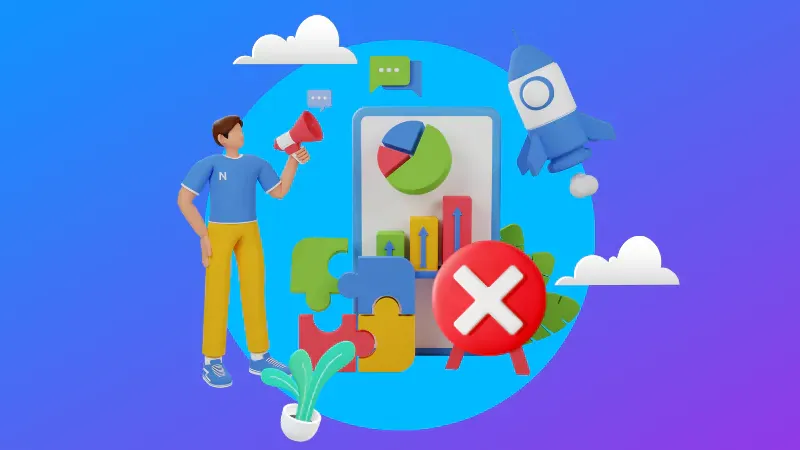Contact Us
Related Posts
Category

Without a strategy, content is just words, pictures, and videos thrown into the ether. Content marketing must be purpose-driven, with straightforward, established steps for achieving the objective, such as increased interaction with target markets, increased conversions in the sales funnel, and increase bottom-line revenue. What is the most difficult content marketing problem for marketers? Developing content that creates high-quality leads.
Here we have some steps that we have to follow for the successful content strategy for eCommerce:-
Step 1: Determine Your Buyer Persona
To build an eCommerce website content that is customized to customer needs, you must first, understand who your buyer is. Entering your buyer’s mentality and building an identity allows you to create a consumer journey map that describes their purchasing process so that you can deliver content in response.
Step 2: Discover how your target audience consumes content.
In relation to Content strategy there are some questions that we can ask are:-
- Is it more common for my target audience to make transactions on their phone?
- How much time is my target audience able to devote to content review?
We have a breakdown of traffic by mobile and desktop devices. We can also assist you in deciding how people are accessing your site, whether it be by direct traffic, a link from another site, Google Advertising, a social networking network, or organic search.
Step 3: Conduct Content Research and Creation
To develop an effective eCommerce content strategy, you must conduct preliminary research. A keyword gap review allows you to compare up to five rival domains and identify any keywords for which your site might not be ranking.
You can decide to use a subject analysis tool to find content ideas based on the needs of your audience while creating ideas for a story calendar. The tool can assist you in identifying the most common and important subjects, the headlines that produce the most engagement, the most frequently asked questions and any content differences between you and your competitors.
Content ideas are often broken down into cards that display the overall search volume for the subtopic, as well as links to high-ranking content and future search query questions.
Step 4: Distribute material in the buyer’s path where it makes sense
The consideration stage of the funnel is where you communicate more deeply with potential customers and establish confidence. You’ve shown that you understand their problems, and now you can start pointing them in the direction of solutions that can benefit them. Where you used to try to educate consumers, now you’re pointing them to the right responses — possibly yours.
Step 5: Examine the outcomes
Since eCommerce website content development is normally a continuous process rather than a one-time event, you’ll want to look back at your previous efforts to see if you can boost your current efforts.
Keep in mind that the exact metrics you want to track can differ depending on the type of content. The following are some examples of content styles and metrics on which you can assess your success:
- Articles/blog posts: Website traffic and unique visitors are among the main performance metrics (KPIs), as are page views per visit and regional patterns.
- Followers/fans, applause volume and post reach are some of the KPIs for social media.
- Specific viewers, shares and average view time are all included in video statistics.
We have a variety of output measurement methods at SEMrush. With our Post Tracking Tool, for example, you can keep track of social interaction metrics, backlink count, referral traffic, and regular keyword rankings for articles you’ve written on external tools.
Step 6: Inquire about customer feedback
Listening to what the customers have to say is an important aspect of enhancing the content you sell and increasing sales.
The customer feedback can help in your Content Strategy in many ways such as:-
- Make sure you have a good customer service department: Customer feedback is one way to determine if you have a sustainable customer service system, which can help keep revenue flowing in, whether you’re seeing a trend in satisfied or unhappy customers.
- Content qualitative feedback: While we’ve included some methods for obtaining hard data, qualitative feedback is also extremely important. You will determine if your content is useful to your customers by conducting customer surveys. The more useful your content is, the more people who want to use your product or service will find it.
- Potential to use reviews as advertising content: Perhaps the most significant advantage of consumer feedback is the ability to use it to persuade potential buyers. Testimonials are an excellent way to add value to your brand while still potentially increasing your bottom line.











